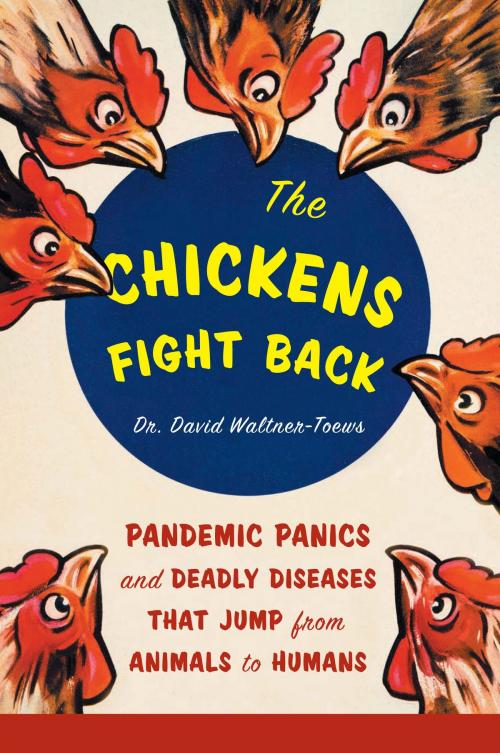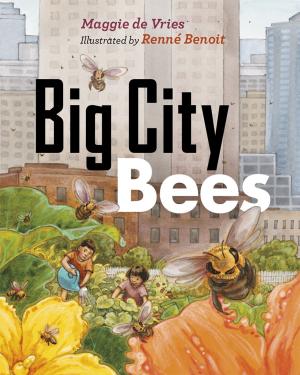The Chickens Fight Back
Pandemic Panics and Deadly Diseases that Jump From Animals to Humans - See more
Nonfiction, Health & Well Being, Health, Ailments & Diseases, Social & Cultural Studies, Social Science| Author: | David Waltner-Toews | ISBN: | 9781926685014 |
| Publisher: | Greystone Books Ltd. | Publication: | March 1, 2009 |
| Imprint: | Greystone Books | Language: | English |
| Author: | David Waltner-Toews |
| ISBN: | 9781926685014 |
| Publisher: | Greystone Books Ltd. |
| Publication: | March 1, 2009 |
| Imprint: | Greystone Books |
| Language: | English |
"
""David Waltner-Toews is a rare flower, a poet, philosopher and scientist with ancient Scheherazade’s talents at storytelling and a scholar’s knowledge of myth and history...How wonderful to be entertained by literature like this while being educated on a critical issue at the same time."" -- Globe and Mail
Emerging diseases like mad cow, SARS, and avian flu are -- for the moment, at least -- far more prevalent in animals than in humans. Still, the knowledge that measles, TB, and smallpox were at one time ""emerging"" diseases that eventually made a permanent, and quite deadly, jump to humans gives epidemiologists pause.
The Chickens Fight Back examines the various groups of animal diseases, explains what attracts them to the human population -- from food to sex to living conditions -- and offers suggestions for keeping them at bay. It also points out that diseases must be looked at from an ecological, cultural, and economic point of view as well as from a biological standpoint. Cooking meat till its well done and slathering on insect repellent for a hike in the woods are effective preventative measures, but as David Waltner-Toews notes, it's more important to fundamentally rethink humankind's place in the world.
"
"
""David Waltner-Toews is a rare flower, a poet, philosopher and scientist with ancient Scheherazade’s talents at storytelling and a scholar’s knowledge of myth and history...How wonderful to be entertained by literature like this while being educated on a critical issue at the same time."" -- Globe and Mail
Emerging diseases like mad cow, SARS, and avian flu are -- for the moment, at least -- far more prevalent in animals than in humans. Still, the knowledge that measles, TB, and smallpox were at one time ""emerging"" diseases that eventually made a permanent, and quite deadly, jump to humans gives epidemiologists pause.
The Chickens Fight Back examines the various groups of animal diseases, explains what attracts them to the human population -- from food to sex to living conditions -- and offers suggestions for keeping them at bay. It also points out that diseases must be looked at from an ecological, cultural, and economic point of view as well as from a biological standpoint. Cooking meat till its well done and slathering on insect repellent for a hike in the woods are effective preventative measures, but as David Waltner-Toews notes, it's more important to fundamentally rethink humankind's place in the world.
"














![Cover of the book Tar Sands [Revised and Updated] by David Waltner-Toews](https://www.kuoky.com/images/2010/august/300x300/9781553656272-2s21_300x.jpg)
